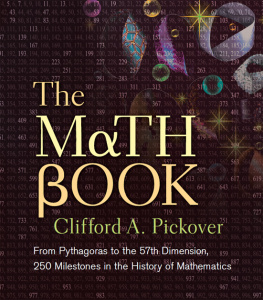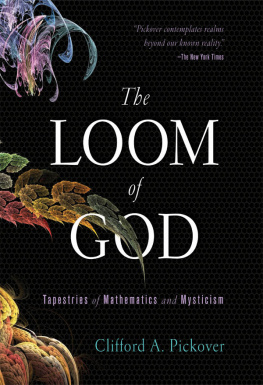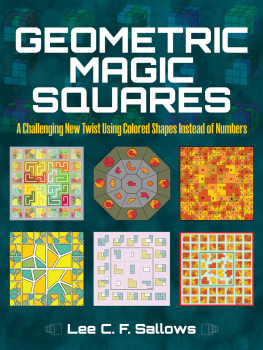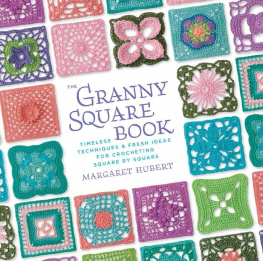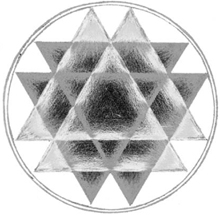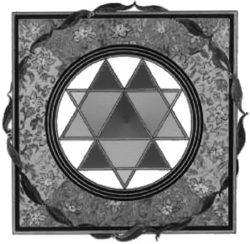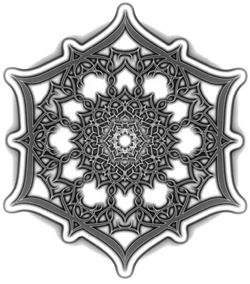Clifford A. Pickover - The Zen of Magic Squares, Circles, and Stars: An Exhibition of Surprising Structures Across Dimensions
Here you can read online Clifford A. Pickover - The Zen of Magic Squares, Circles, and Stars: An Exhibition of Surprising Structures Across Dimensions full text of the book (entire story) in english for free. Download pdf and epub, get meaning, cover and reviews about this ebook. year: 2001, publisher: Princeton University Press, genre: Children. Description of the work, (preface) as well as reviews are available. Best literature library LitArk.com created for fans of good reading and offers a wide selection of genres:
Romance novel
Science fiction
Adventure
Detective
Science
History
Home and family
Prose
Art
Politics
Computer
Non-fiction
Religion
Business
Children
Humor
Choose a favorite category and find really read worthwhile books. Enjoy immersion in the world of imagination, feel the emotions of the characters or learn something new for yourself, make an fascinating discovery.

- Book:The Zen of Magic Squares, Circles, and Stars: An Exhibition of Surprising Structures Across Dimensions
- Author:
- Publisher:Princeton University Press
- Genre:
- Year:2001
- Rating:3 / 5
- Favourites:Add to favourites
- Your mark:
The Zen of Magic Squares, Circles, and Stars: An Exhibition of Surprising Structures Across Dimensions: summary, description and annotation
We offer to read an annotation, description, summary or preface (depends on what the author of the book "The Zen of Magic Squares, Circles, and Stars: An Exhibition of Surprising Structures Across Dimensions" wrote himself). If you haven't found the necessary information about the book — write in the comments, we will try to find it.
Humanitys love affair with mathematics and mysticism reached a critical juncture, legend has it, on the back of a turtle in ancient China. As Clifford Pickover briefly recounts in this enthralling book, the most comprehensive in decades on magic squares, Emperor Yu was supposedly strolling along the Yellow River one day around 2200 B.C. when he spotted the creature: its shell had a series of dots within squares. To Yus amazement, each row of squares contained fifteen dots, as did the columns and diagonals. When he added any two cells opposite along a line through the center square, like 2 and 8, he always arrived at 10. The turtle, unwitting inspirer of the Yu square, went on to a life of courtly comfort and fame.
Pickover explains why Chinese emperors, Babylonian astrologer-priests, prehistoric cave people in France, and ancient Mayans of the Yucatan were convinced that magic squares--arrays filled with numbers or letters in certain arrangements--held the secret of the universe. Since the dawn of civilization, he writes, humans have invoked such patterns to ward off evil and bring good fortune. Yet who would have guessed that in the twenty-first century, mathematicians would be studying magic squares so immense and in so many dimensions that the objects defy ordinary human contemplation and visualization?
Readers are treated to a colorful history of magic squares and similar structures, their construction, and classification along with a remarkable variety of newly discovered objects ranging from ornate inlaid magic cubes to hypercubes. Illustrated examples occur throughout, with some patterns from the authors own experiments. The tesseracts, circles, spheres, and stars that he presents perfectly convey the age-old devotion of the math-minded to this Zenlike quest. Number lovers, puzzle aficionados, and math enthusiasts will treasure this rich and lively encyclopedia of one of the few areas of mathematics where the contributions of even nonspecialists count.
Clifford A. Pickover: author's other books
Who wrote The Zen of Magic Squares, Circles, and Stars: An Exhibition of Surprising Structures Across Dimensions? Find out the surname, the name of the author of the book and a list of all author's works by series.

